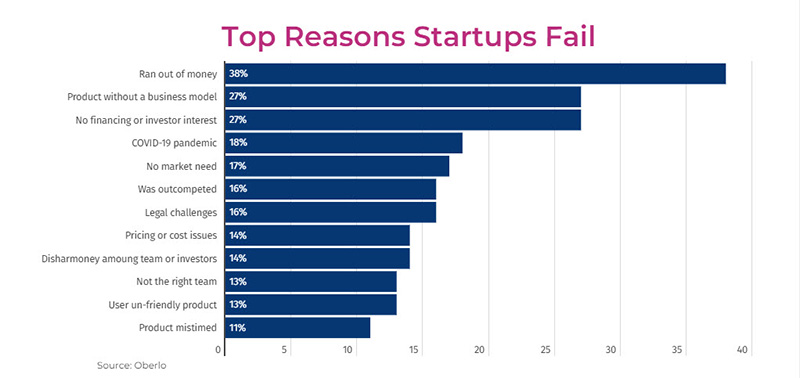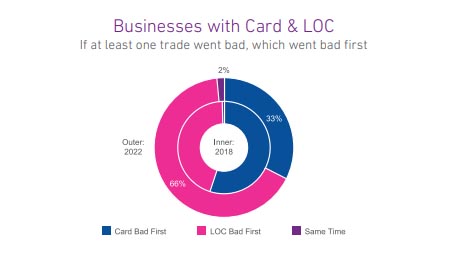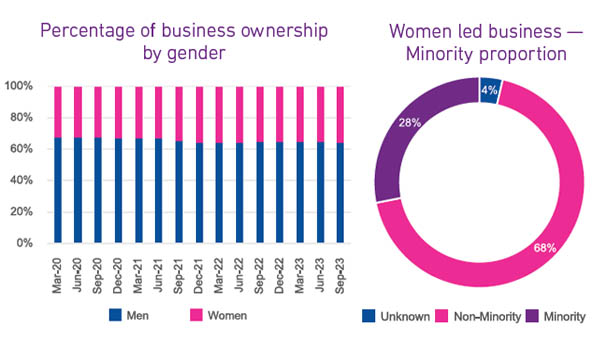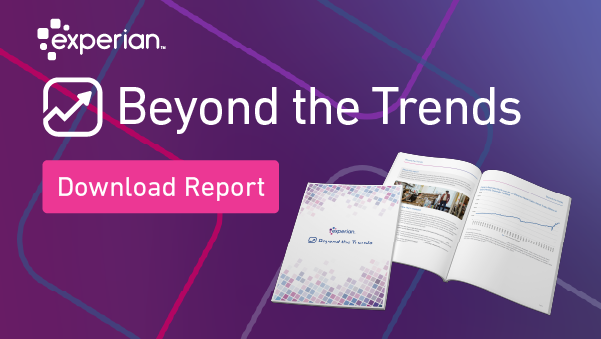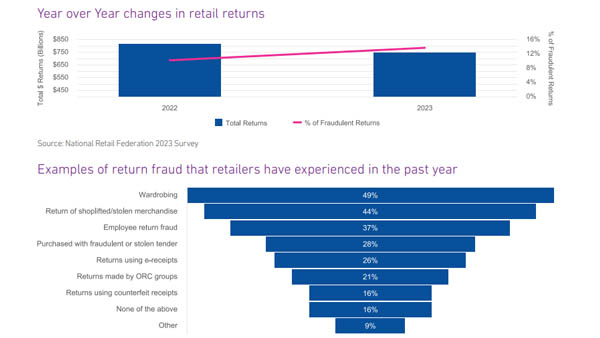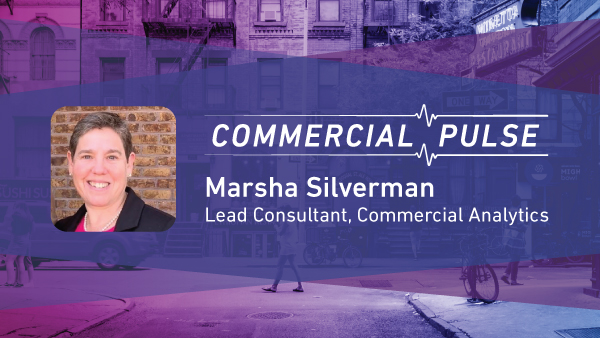With 2024 well underway, it's an opportune time to reflect on the previous year to discern global trends and insights from Experian’s Global Data Network. Analyzing product usage data from 2022 and 2023 provides a unique lens to examine economic trends affecting international trade, offering a window into the global economic and financial shifts worldwide. This analysis reveals which countries and regions are experiencing the most significant shifts in international credit report requests and hints at the underlying credit and risk dynamics in these areas. These insights can help shape expectations for the coming year.
Countries with the most significant Increases:
Switzerland, known for exports of pharmaceuticals, watches, chemicals, and machinery, experienced a dramatic increase of 366% in credit report generation from 2022 to 2023. This increase might indicate a growing emphasis on credit and risk assessment in the Swiss market. The Swiss economy cooled in 2023 with less than 1% growth. The significant increase in report usage may indicate that businesses are evaluating relationships under the pressure of a strained economy.
The British Virgin Islands, known for financial services, experienced a 294% increase in report usage in 2023. They continue to be of significant interest to Experian clients. This increase may be partly fueled by greater interest and scrutiny of crypto investing and other financial activity.
Australia, known for exports of minerals, energy resources, and agricultural products, suffered a slowdown in economic growth in 2023, settling at around 2%. Meanwhile, report usage increased 171%. Despite being mid-pack on y/y GDP growth, we continue to see strong interest from US businesses seeking expansion opportunities down under.
Canada, known for exports of energy resources, natural resources, and manufactured goods, showed a 167% increase in report usage despite a notable slowdown in economic growth and persistent inflation. Yet, as one of our largest trade partners, Experian clients continue working closely with our neighbors to the north, although the increased usage might be a sign of caution.
Countries with the Largest Decreases:
Russia: Experienced a dramatic decrease of 97%, which could be due to economic sanctions, market isolation, or changes in financial reporting standards.
Although the Virgin Islands were among those with the highest growth in usage, the trend did not prove to be a regional phenomenon, with the usage of reports from Jamaica and Puerto Rico each decreasing 64% in 2023. However, this is a tale of two islands. On the one hand, Puerto Rico's economy continues to struggle. At the same time, Jamaica is seen as a standout among emerging markets with recent credit-rating upgrades, historically low unemployment rates, and significantly reduced debt levels. Jamaica's focus on developing human capital and investments in logistics, business process outsourcing, technology, and infrastructure present potential nearshoring opportunities for US companies.
Bangladesh had strong GDP growth in 2023 despite pressure for economic reform, inflation, and the impact of the Russian invasion of Ukraine. Demand for international reports saw a 62% decrease, possibly driven by the focus on Western Europe and nearshoring trends. There remain many upsides to doing business in Bangladesh, but reason for caution, especially if reform efforts stall.
Singapore narrowly avoided recession in 2023 and saw a 60% decrease in report usage. Although there are signs of a rebound, including closing out 2023 with a 2.8% year-over-year third-quarter growth rate, expect a slow but continued recovery in 2024.
Implications and Expectations for 2024:
Although credit report usage data is not a substitute for economic performance, the trends reveal some important insights.
Economic Growth and Credit Expansion: Countries leading the way with significant increases tended to be historically strong US trade partners in Europe, Canada, and Australia. This trend could indicate that companies focus more on traditional markets amid continued economic uncertainty and tightening credit policies. As we head into 2024, we expect continued interest in these markets, with businesses increasingly leveraging global credit data to manage risk.
Market Contraction and Regulation: Drivers are mixed among countries with significant decreases in demand, although they tend to indicate risk.
Russia highlights risks from broadening international conflicts. With further escalations late in 2023, global uncertainty will continue well into this year.
Puerto Rico highlights the continued downward pressure of inflation and tightening credit markets and is expected to sustain soft growth over the next decade.
Bangladesh stands out, having achieved strong growth while facing headwinds from growing pressure for economic reform and nearshoring trends among US businesses.
As 2024 continues to take shape, it will be crucial for businesses and credit issuers to stay on top of changes in risk to avoid losses. The US economy has defied consensus and avoided recession to this point, but there continues to be significant global uncertainty.
These trends highlight the dynamic nature of global credit and risk landscapes and underscore the importance of data-driven insights for businesses and credit issuers to navigate these changes effectively.
Experian's Global Data Network facilitates seamless integration of the world's most predictive business information into our clients' workflows. Our BusinessIQ turnkey solution provides users with rapid access to impactful insights, while our API connections offer the flexibility for highly tailored implementations.
Expand Safely with International Credit Reports
In this 15-minute Sip and Solve webinar, Kyle Matthies, Director of Product Management, shares his take on effective risk mitigation when expanding into foreign markets including:
Unraveling what international data entails and its significance in global business.
Understanding the elements that make up comprehensive business credit reports in an international context.
Debunking common misconceptions held by domestic credit managers when dealing with international data.
Watch Recording









